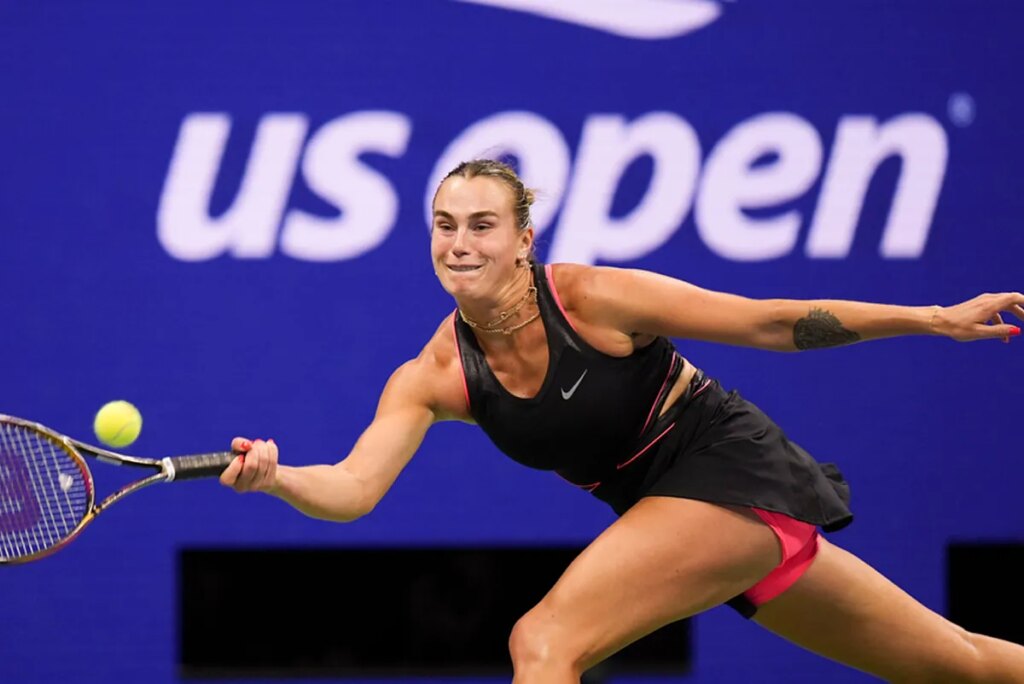The 2025 US Open women’s singles semifinals have encountered an unexpected challenge, not from the players, but from the weather.
Aryna Sabalenka, Jessica Pegula, Naomi Osaka, and Amanda Anisimova, four top contenders, were set to battle at Arthur Ashe Stadium, but Mother Nature had other plans in mind. Due to an approaching severe thunderstorm and the risk of a tornado, tournament officials made the decision to close the stadium’s retractable roof, altering the conditions and raising concerns about the progression of the matches, though those fears were later put to rest.
Christopher Clarey, a journalist with The New York Times, shared updates on social media, highlighting that although no rain had yet fallen, strong winds were already impacting the area. Clarey noted that closing the roof would favor the “big flat hitters,” which aptly describes all four semifinalists who rely on powerful baseline shots.
This sudden change in playing environment could shift the momentum of the matches and test the players’ adaptability under high-stakes circumstances.
New York’s weather forecast added to the tension. Local meteorologists issued severe thunderstorm warnings for areas including Buffalo, Cheektowaga, Niagara Falls, and several other towns in the region. At 9:57 a.m. Eastern Daylight Time, a severe thunderstorm was recorded near Erie Basin Marina, moving northeast at around 40 miles per hour.
More alarmingly, authorities warned that the storm could potentially develop into a tornado, prompting urgent calls for residents to remain indoors and take safety precautions.
The Arthur Ashe Stadium roof and its impact on the US Open
Arthur Ashe Stadium, the flagship venue of the US Open, features a sophisticated retractable roof system designed to safeguard matches from weather interruptions.
This technology has been a game-changer for the tournament, allowing play to continue uninterrupted during rain showers or adverse weather. However, the roof’s closure also serves a critical safety function during severe storms.
When the roof closes, it transforms the court from an outdoor to an indoor setting, drastically changing playing conditions. The absence of wind, consistent lighting, and controlled humidity levels typically speed up the game.
For players like Sabalenka, Pegula, Osaka, and Anisimova, who excel with aggressive, flat strokes, these conditions can provide an advantage. But it also demands quick tactical adjustments, which can add an extra layer of pressure during the already tense semifinals.
The 2025 US Open’s reliance on the roof amid severe weather warnings highlights the unpredictable nature of New York’s late-summer climate. This innovation not only helps protect the integrity of the tournament schedule but also prioritizes the safety of everyone involved, from athletes and coaches to fans and stadium staff.
As the tournament moves forward, the interaction between intense competition and challenging weather will remain a focal point.
Read the full article here

